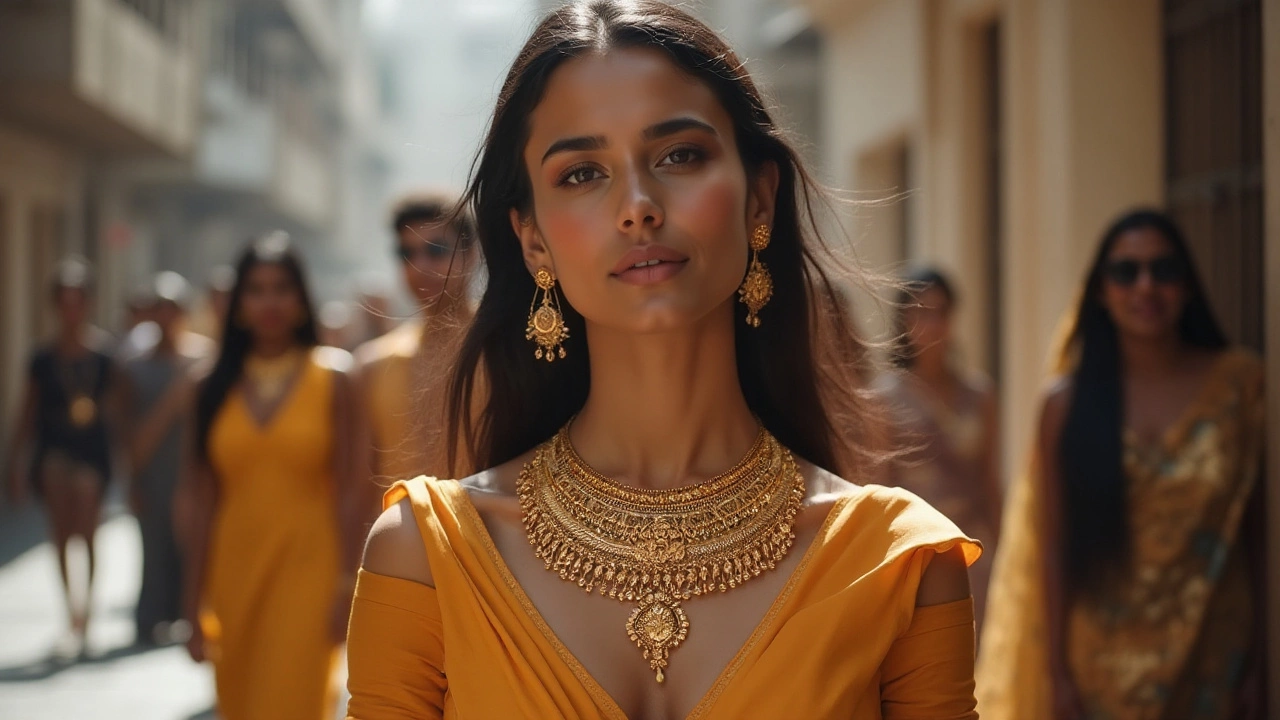Matching Accessories: How to Pair Jewelry with Every Outfit
When talking about Matching Accessories, the practice of pairing jewelry pieces and complementary items to create a cohesive look. Also known as Jewelry Pairing, it helps you move from “just okay” to “totally nailed it” without extra effort. Understanding the core idea lets you grab a piece, think about its tone, and instantly decide what else should sit next to it. Below you’ll see why this matters for everyday dressing and special celebrations.
Key Elements to Consider
One of the first things you notice is the material you’re working with. Gold Jewelry, pieces made of 22K or 24K gold that add warmth and luxury to any outfit brings a natural glow that pairs well with earthy tones, deep reds, or even bold blues. The classic gold hue creates a base for color play, so you can either match it with warm shades like maroon and mustard, or create contrast with cool greys and navy. This is where Color Combinations, pairings of hues that enhance or contrast with jewelry tones become your best friend. For example, a delicate 22K gold chain looks striking against a teal saree because teal sits opposite gold on the color wheel, creating a vivid pop without clashing.
Another layer of depth comes from cultural pieces that carry stories. Traditional Indian Accessories, items like mangalsutra, kada, bangles that carry cultural significance are not just ornaments; they signal heritage, regional pride, and even personal milestones. When you pair a classic mangalsutra with a modern off‑shoulder dress, you’re blending tradition and trend, a move that feels authentic and fresh. Knowing when to let a traditional piece lead the look versus when it should play a supporting role is a skill that comes from watching how colors, fabrics, and occasions interact. A bright gold kada, for instance, works wonderfully with a white silk kurta, letting the accessory become the focal point while the outfit stays understated.
The practical side of matching accessories is all about balance. Start by picking a dominant element – maybe a statement nose pin or a chunky bracelet – then build around it using the three‑step rule: match the metal tone, complement the color palette, and respect the cultural context. If you love a bold nose ring, choose earrings in the same metal and keep other jewelry minimal; this avoids a visual overload. If you’re dressing for a wedding, consider the ceremony’s color theme and select bangles or a mangalsutra that echo those hues. This approach turns a random collection of pieces into a well‑orchestrated outfit that feels intentional.
Finally, think about the setting. Daytime events often call for lighter metals like 22K gold or silver, paired with pastel tones, while evening affairs welcome richer metals and deeper colors. The same principle applies to accessories beyond jewelry – think matching clutch bags, shoes, or even hair ornaments. By treating every piece as part of a larger equation, you automatically create harmony. Below, you’ll find articles that dive deeper into specific pairings, from mastering color combos with gold to navigating the etiquette of traditional Indian pieces. Explore them to turn theory into everyday confidence.
